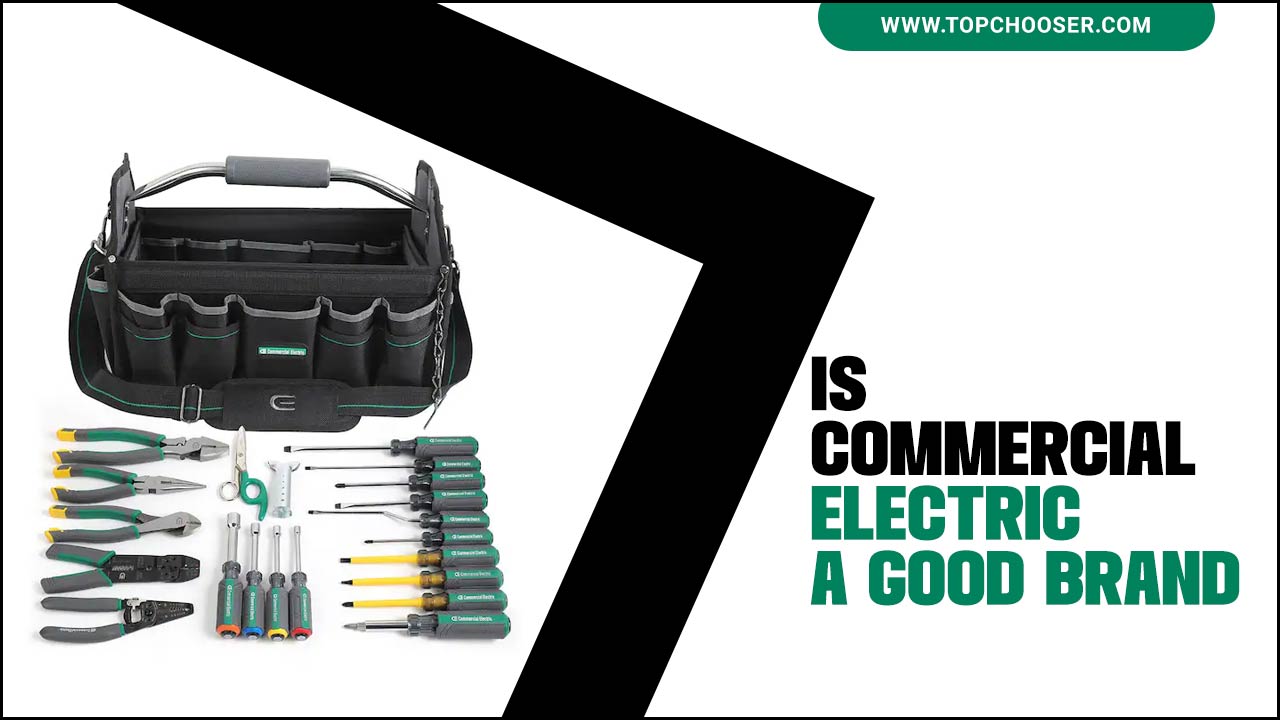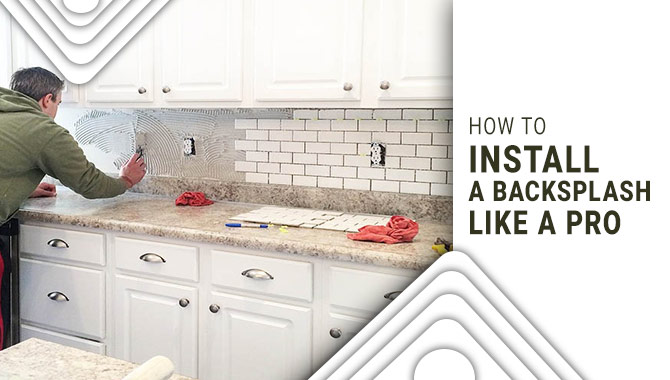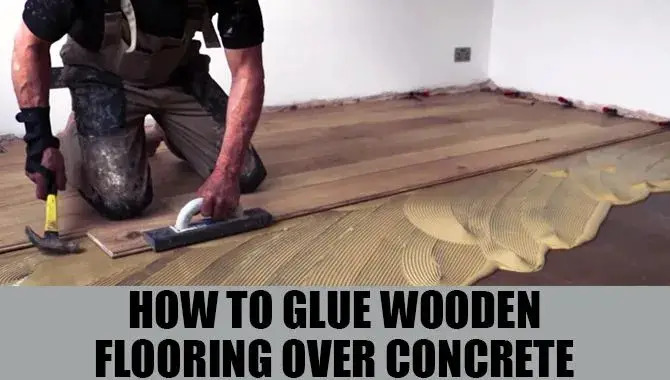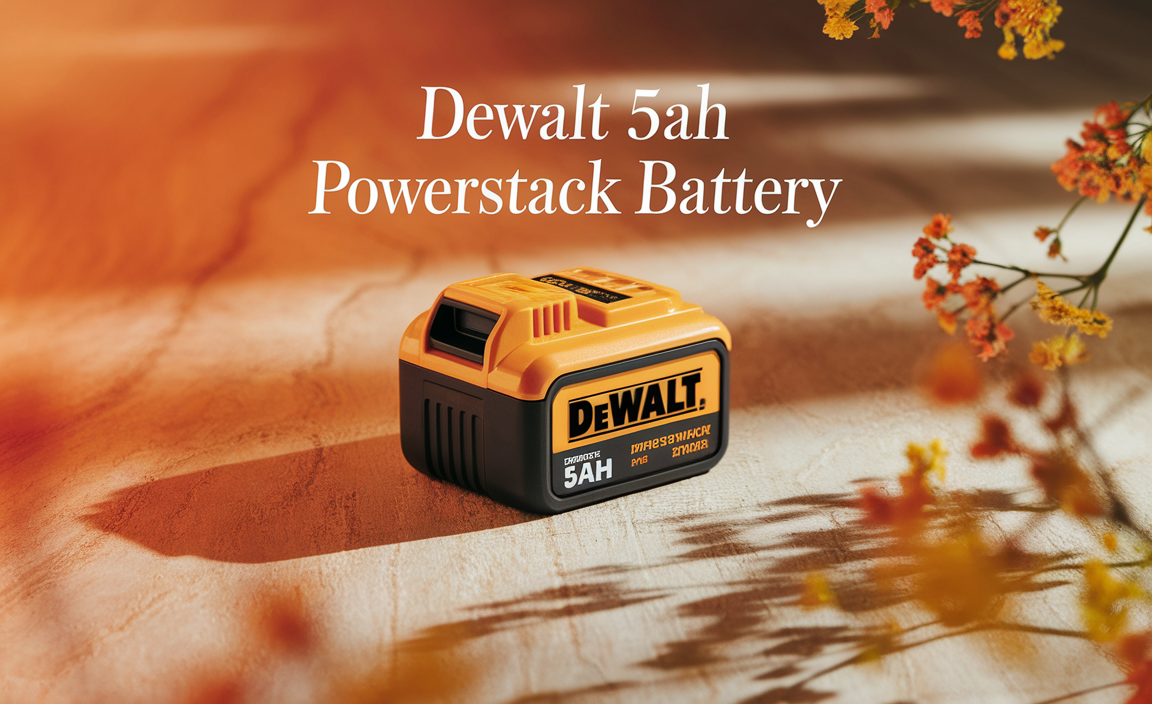Have you ever looked up at your light fixture and wondered how it all works? Maybe you’re thinking about changing a bulb, or even trying to install a new fixture. But first, it’s important to know how to disconnect a light fixture safely.
Disconnecting a light fixture might sound tricky, but it can actually be pretty simple. Imagine feeling the satisfaction of doing it yourself! With just a few easy steps, you can tackle this DIY task like a pro.
Did you know that understanding your light fixture can help you avoid electrical shocks? Sounds important, right? Whether you’re in an old home or a new one, safety is key. So, let’s explore how to disconnect a light fixture the right way.
Ready to dive in? Let’s make this process fun and easy!
How To Disconnect A Light Fixture Safely And Easily
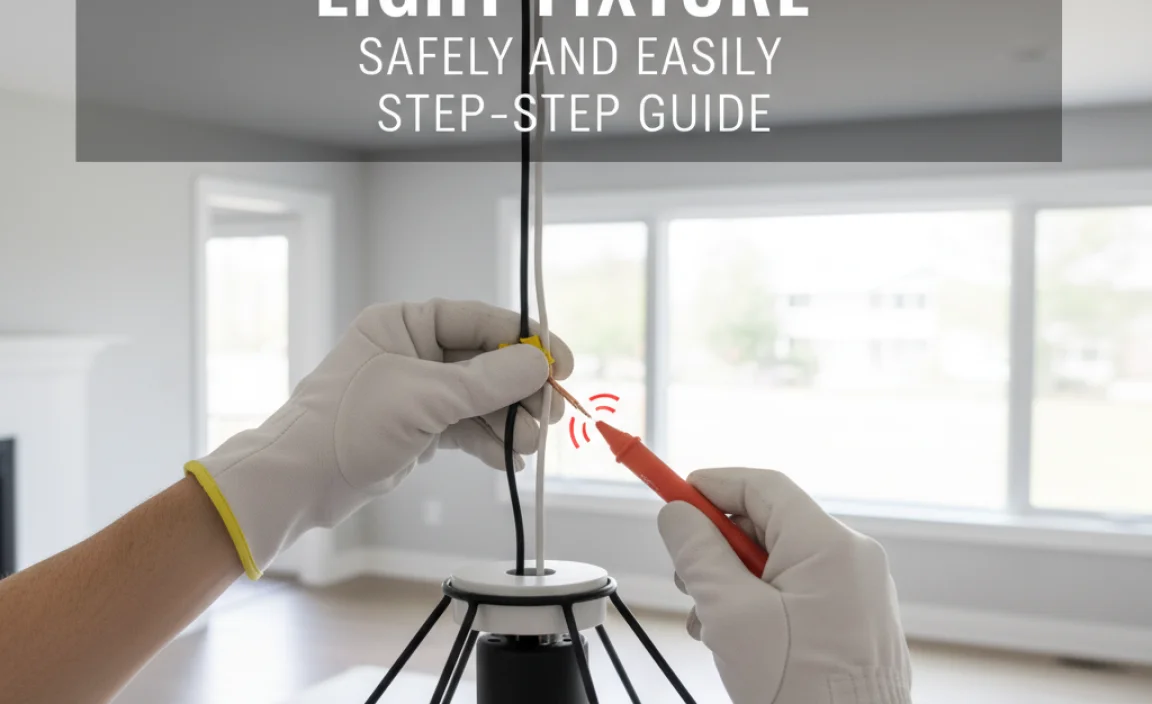
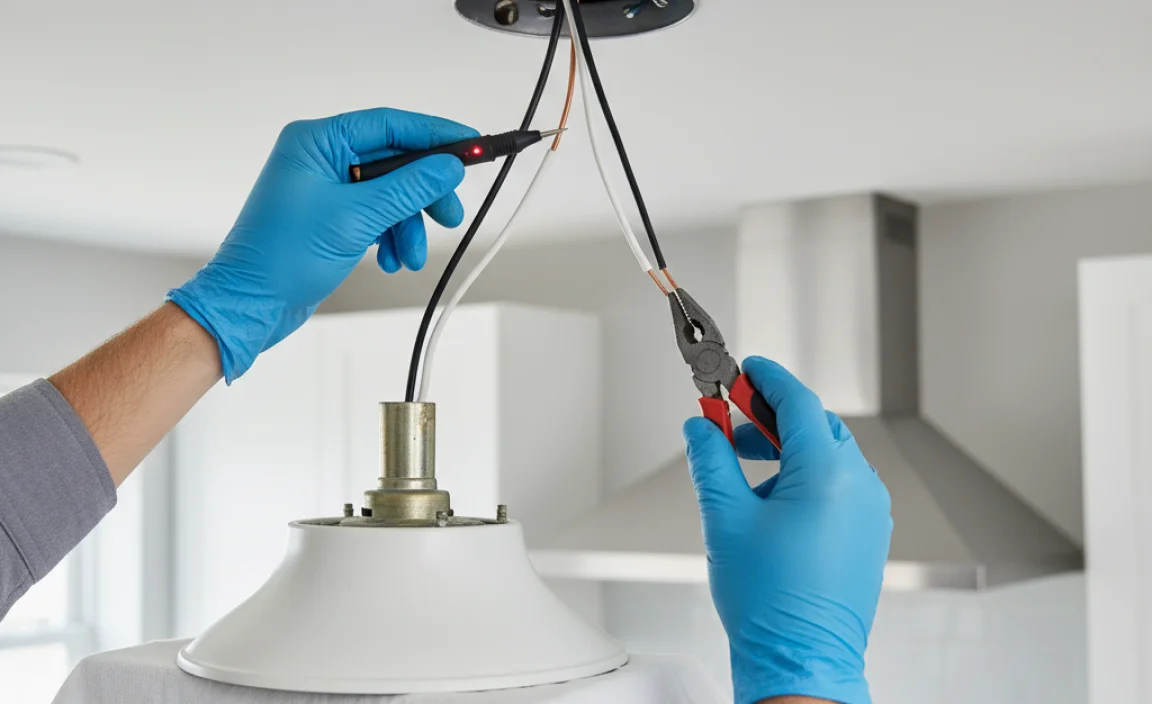
Disconnecting a light fixture can seem tricky, but it’s easier than you think. First, always turn off the power. Use a screwdriver to remove the fixture from the ceiling. Carefully disconnect the wires, matching colors as you go. Did you know that many people overlook checking local codes? Always ensure you’re following them for safety. With the right steps, you can safely remove light fixtures with confidence!
Safety Precautions Before Starting
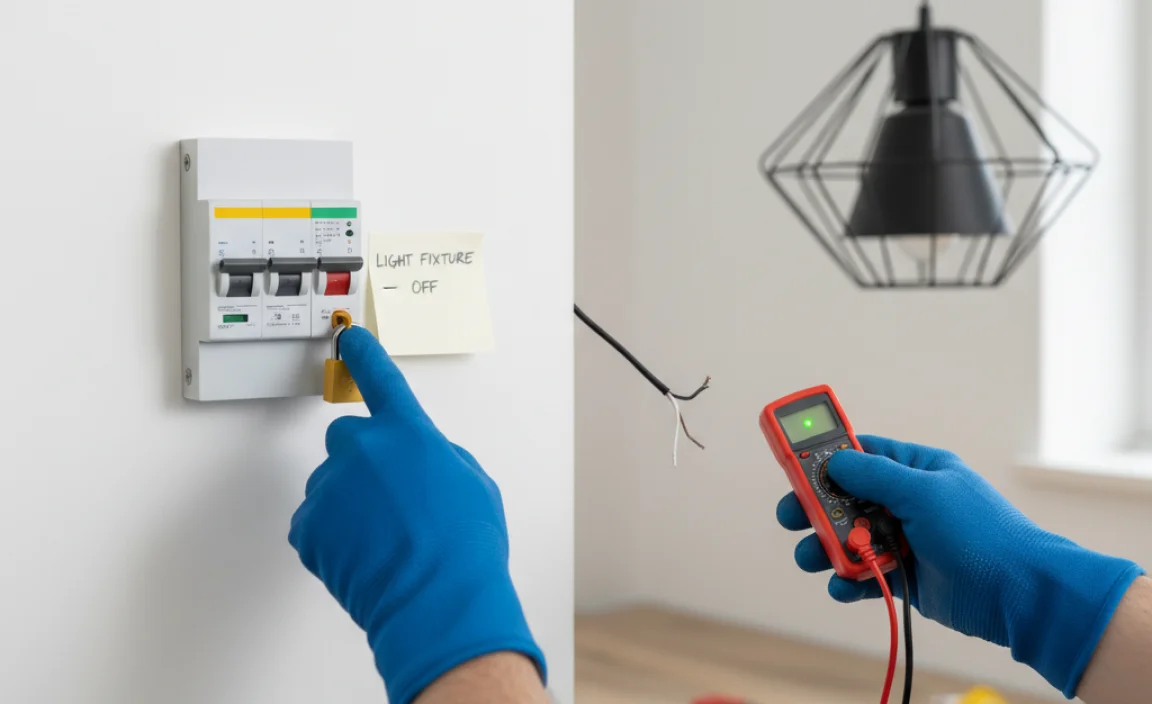
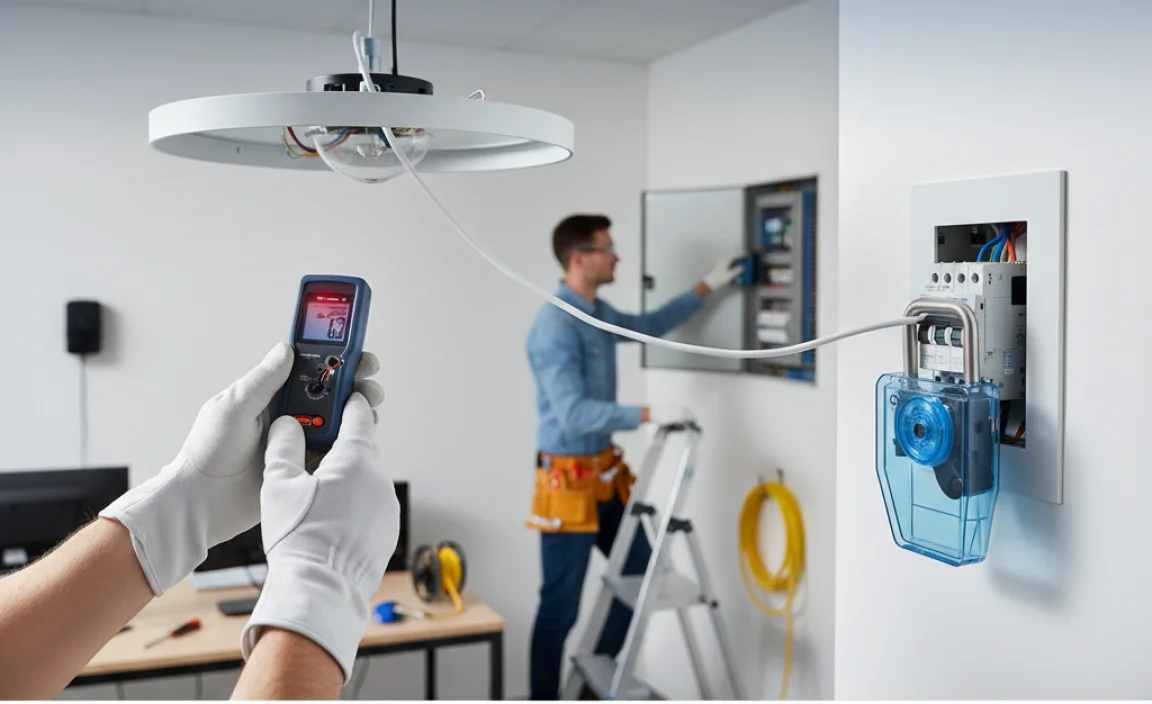
Importance of turning off power at the circuit breaker. Use of protective gear (gloves, goggles).
Before you start, safety is key. Always turn off power at the circuit breaker. This stops any electricity from flowing. Next, wear protective gear like gloves and goggles. These help keep you safe from sharp wires and dust. Working with electricity can be dangerous, so it’s better to be safe than sorry.
Why is turning off the power important?
Turning off the power protects you from shock and injury. It ensures that no electricity flows while you work. Always double-check before touching any wires!
Protective Gear:
- Wear gloves to protect your hands.
- Use goggles to shield your eyes.
Tools and Materials Needed
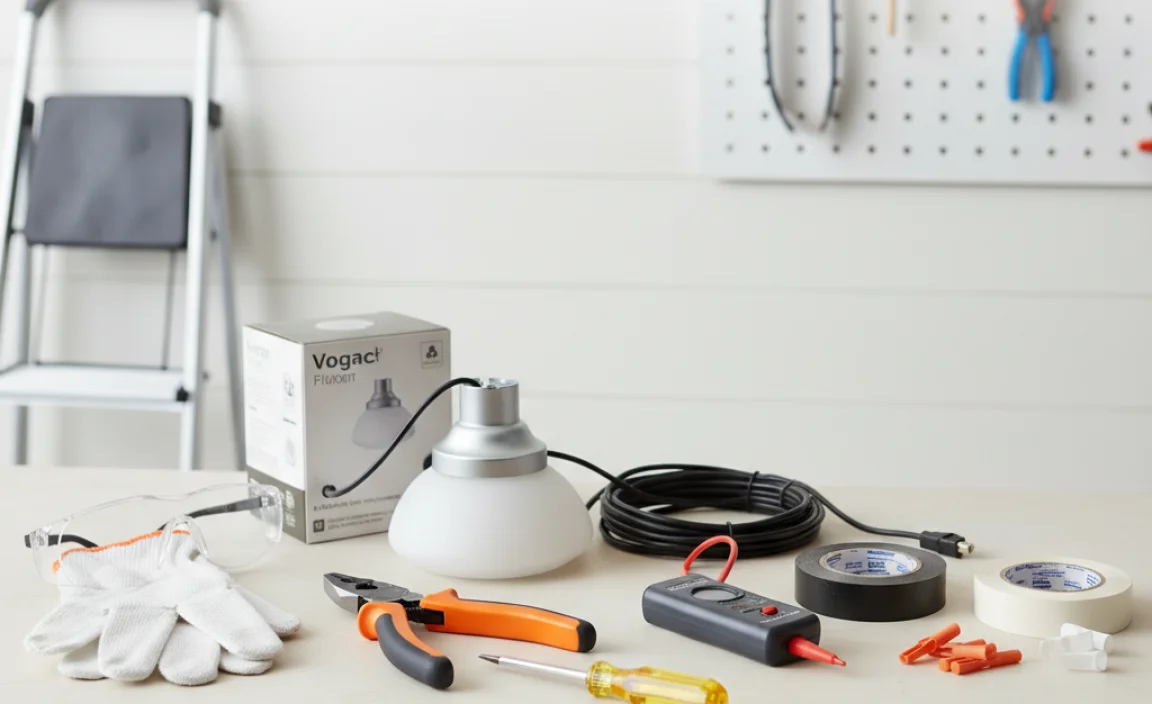
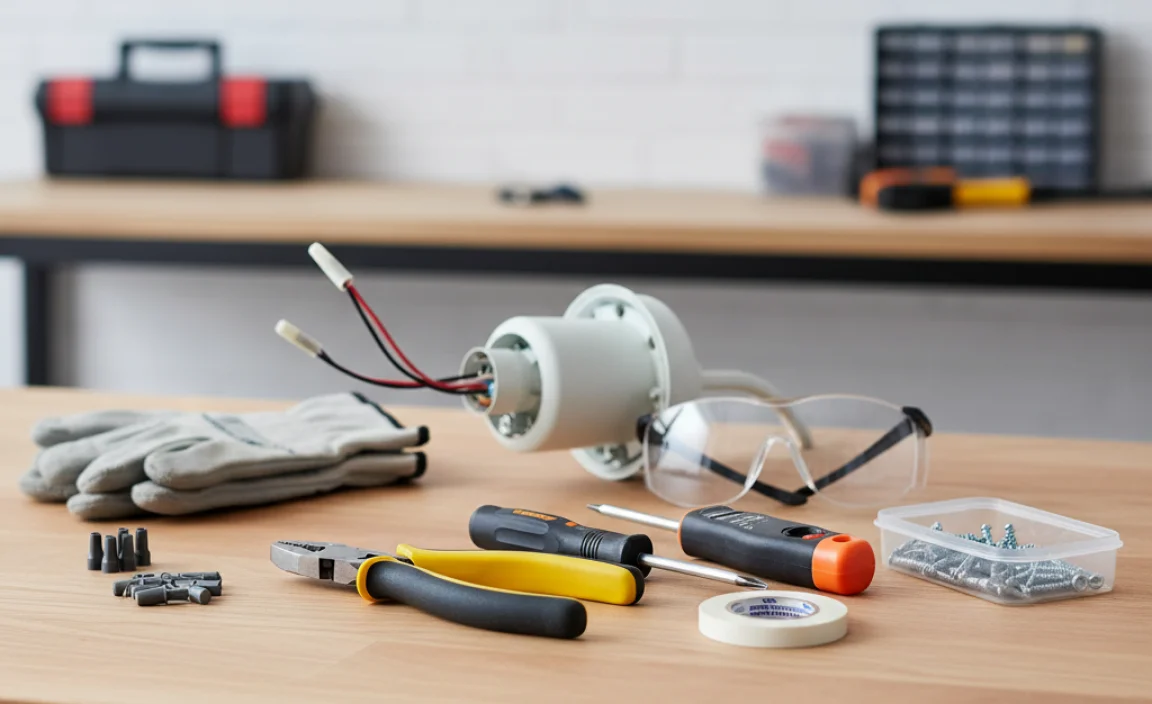
List of essential tools (screwdriver, wire cutters, etc.). Additional materials for disconnecting (wire nuts, electrical tape).
Before disconnecting a light fixture, gather your tools and materials. You will need:
- Screwdriver – for removing screws.
- Wire cutters – to cut the wires safely.
- Pliers – for gripping and twisting wires.
- Voltage tester – to ensure the power is off.
Also, keep these materials handy:
- Wire nuts – for securing wire connections.
- Electrical tape – to insulate wires after disconnection.
With the right tools and materials, you’ll be ready to start your project safely and efficiently!
What tools do I need to disconnect a light fixture?
You need a few simple tools. You will need a screwdriver, wire cutters, and pliers. A voltage tester is also important to check if the power is off.
Identifying the Light Fixture Type
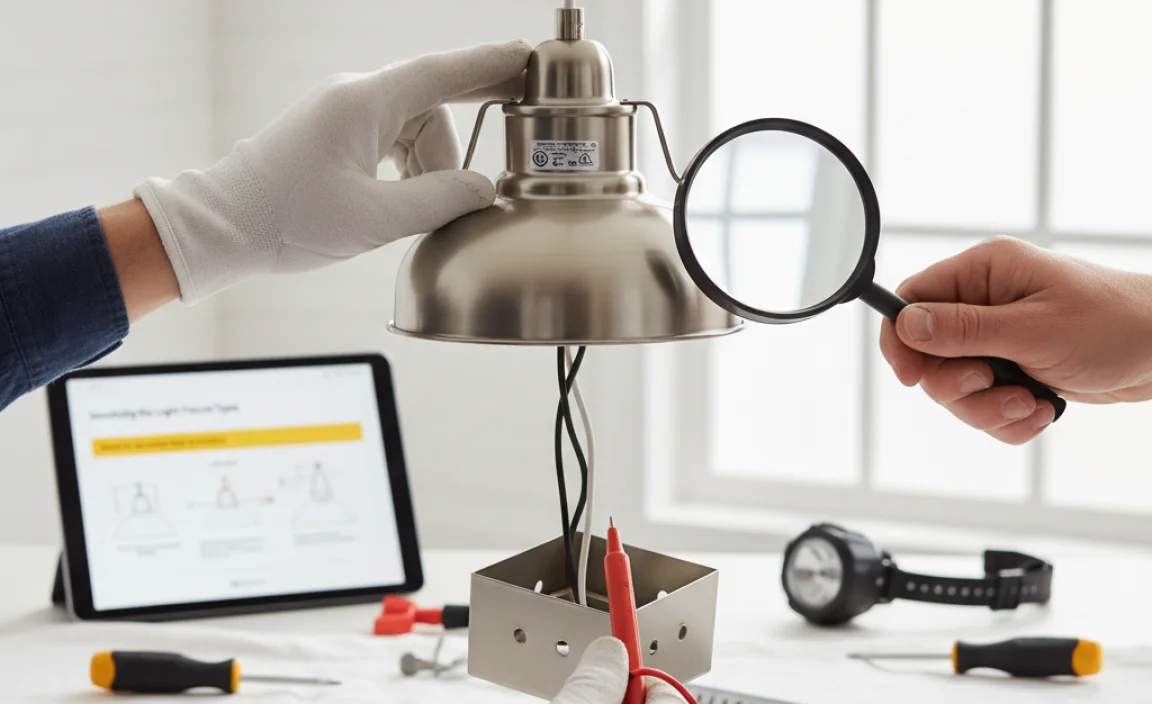
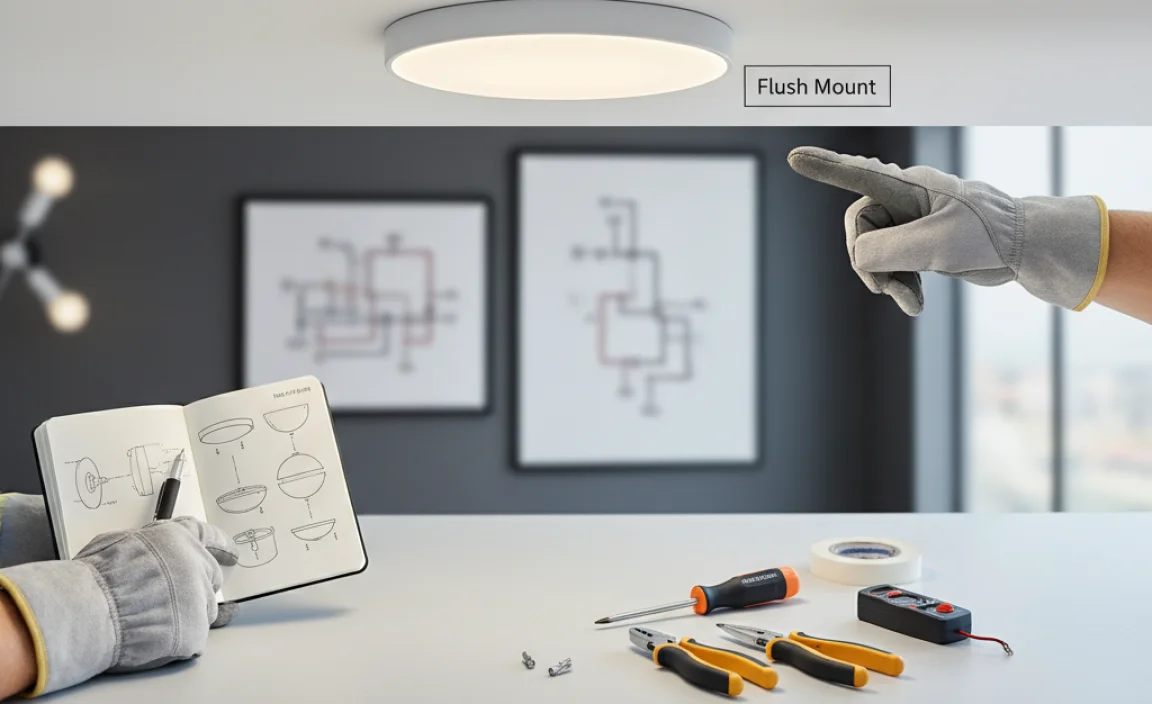
Explanation of different light fixture types (ceiling, wallmounted, etc.). Tips for understanding fixture wiring.
Different light fixtures serve various purposes. For example, ceiling lights hang from above and brighten big areas. Wall-mounted fixtures are good for saving space and often add style to rooms. To understand fixture wiring, look at how many wires are present. You’ll typically find two or three wires: one for power, one for the neutral, and sometimes one for ground. Knowing this helps with any future work on your lights!
What are common types of light fixtures?
Common types include ceiling lights, wall-mounted lights, and pendant lights.
Tips for identifying wiring:
- Check the number of wires.
- Look for color coding: black for power, white for neutral.
- Ensure the power is off before touching anything.
Accessing the Light Fixture
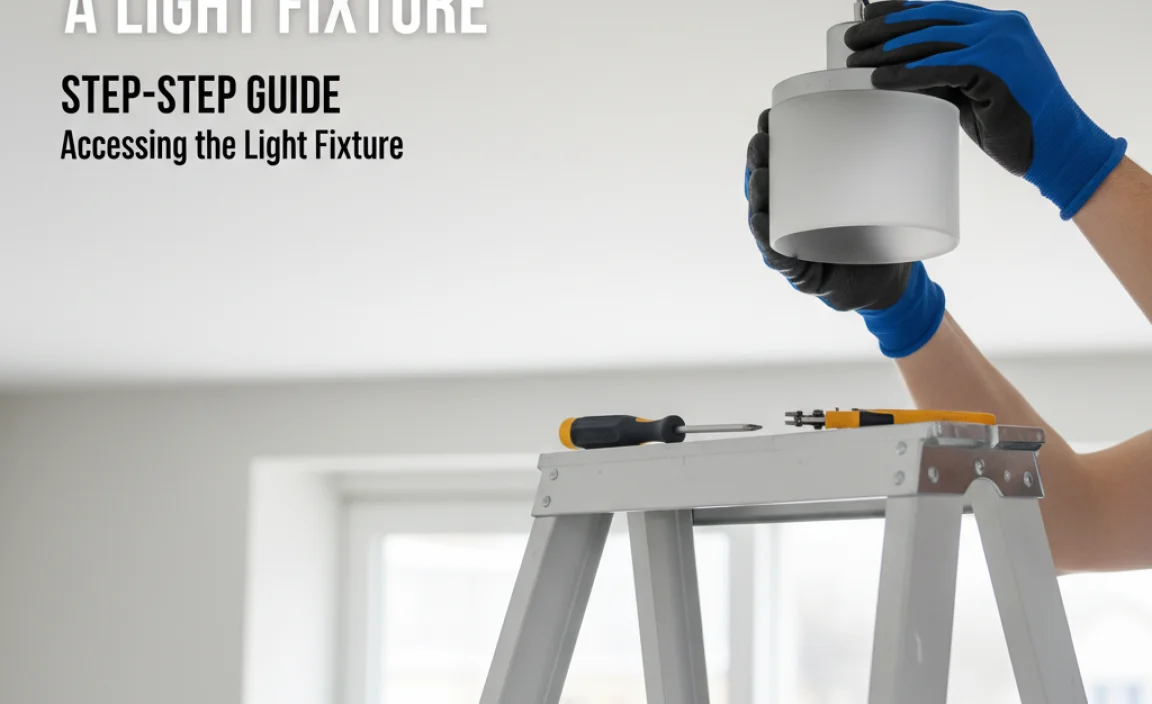
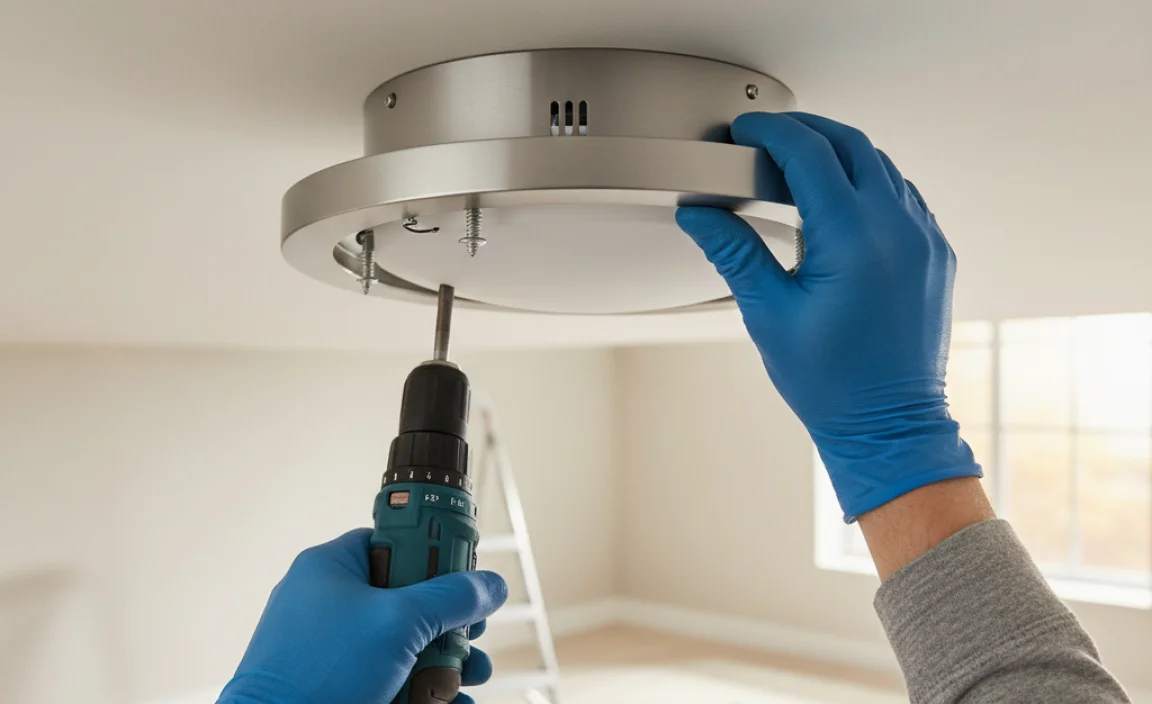
Steps to safely remove any coverings or bulbs. Guidelines for using a ladder or step stool safely.
First, turn off the power to your light fixture. Safety first! Next, gently remove any glass covers or bulbs, taking care not to drop them. Remember, they can be slippery! Use a ladder or step stool if you need to reach higher spots. Ensure it’s stable before climbing. And no tightrope walking, please!
| Safety Tips | Instructions |
|---|---|
| Power Off | Always switch off the breaker. |
| Cover Removal | Twist or pull down carefully. |
| Ladder Use | Keep it on flat ground! |
With these steps, you’re all set to access your light fixture. You got this, superstar! 🔆
Disconnecting the Wiring
Stepbystep instructions for removing the fixture from the ceiling. Detailed methods for disconnecting the wires (color coding, wire nuts).
First, make sure your safety goggles and gloves are on. You don’t want to become a human disco ball! Next, turn off the power to the light fixture at the breaker. It’s time to get cozy with the wires. Carefully remove the fixture from the ceiling. You’ll typically find two wires: one black (or red) and one white. Black is hot and white is not! Use pliers to gently twist off the wire nuts. Keep those colors in mind — they’re more important than a light bulb!
| Wire Color | Function |
|---|---|
| Black/Red | Hot wire |
| White | Neutral wire |
| Green or Bare | Ground wire |
Once you’ve removed the wire nuts, gently pull the wires apart. Voilà! You’ve got a light fixture free from its ceiling home. Now it’s time to see what mysteries are lurking in the dark!
Final Steps After Disconnection
Safely capping or insulating exposed wires. Recommendations for disposing of or storing the old fixture.
After disconnecting the light fixture, safety is key. Begin by capping or insulating exposed wires. Use wire nuts or electrical tape to cover them securely. This stops any shock accidents. Next, think about the old fixture. You can dispose of it properly or store it safely for later use. Here are some tips:
- Check your local disposal rules for light fixtures.
- If storing, keep it in a dry, safe place.
Taking these steps helps keep everyone safe!
What should I do with old light fixtures?
Properly handling old light fixtures is essential. Dispose of them following local guidelines. You may also store them in a safe area if you want to reuse them later.
Common Mistakes to Avoid
List of frequently made errors during disconnection. Tips for troubleshooting wiring issues.
Many people make mistakes when disconnecting a light fixture. Here are common errors to watch out for:
- Forgetting to turn off the power.
- Not taking a picture of the wiring setup.
- Mislabeling wires while disconnecting them.
If you run into trouble, check these tips:
- Make sure the breaker is off. Safety first!
- Double-check wire connections if lights flicker.
- Look for frayed or damaged wires.
Staying careful can save time and help you do it right!
What Are Common Problems When Disconnecting Lights?
Common issues include forgotten power sources and poorly labeled wires. These can make the process confusing.
When to Call a Professional
Signs that you may need expert help. Safety index for electrical work in different scenarios.
Not all tasks are safe for everyone. Sometimes, it’s best to call an expert. Here are some signs that you might need help:
- Flickering lights could mean a bigger problem.
- Burning smells from a light fixture show risk.
- Frequent light bulb burns out can signal danger.
- Live wires expose you to shock.
If you notice these signs, think about safety first. Electrical work can be tricky. Experts know how to handle risky situations.
When should I get help for electrical work?
If you see warning signs like flickering lights, it’s time to call a professional. Never risk your safety when it comes to electricity. Choose the right help to keep your home safe.
Conclusion
In conclusion, disconnecting a light fixture is simple. First, turn off the power. Then, remove the fixture carefully. Remember to check connections and wires. You can safely replace your light fixture with a new one. For more help, read guides or watch videos on this topic. Taking these steps will keep you safe while brightening your space!
FAQs
What Safety Precautions Should I Take Before Disconnecting A Light Fixture?
Before you disconnect a light fixture, first turn off the power. You can do this by switching off the light switch or flipping the circuit breaker. Then, use a voltage tester to check that the power is really off. Wear safety glasses to protect your eyes from dust and debris. Finally, make sure your hands are dry to keep yourself safe.
How Can I Identify The Type Of Light Fixture I’M Working With?
To identify your light fixture, look closely at its shape and style. Check if it hangs from the ceiling, sits on a table, or is attached to the wall. You can also see what kind of bulb it uses. Is it a big one or a small one? Take a picture, and you can ask someone for help if you’re unsure.
What Tools Are Necessary For Safely Disconnecting A Light Fixture?
To safely disconnect a light fixture, you need a few tools. First, get a screwdriver to remove the fixture. You should also have pliers to help with wires. Don’t forget gloves to protect your hands. It’s important to have a flashlight if the area is dark. Always turn off the power before starting!
How Do I Properly Remove The Mounting Hardware From The Ceiling Or Wall?
To remove the mounting hardware from the ceiling or wall, start by taking out any screws. Use a screwdriver that fits the screws. If there are anchors, gently pull them out or twist them. Be careful not to damage the wall or ceiling. Once everything is out, you can patch any holes if needed.
What Steps Should I Follow To Safely Disconnect The Wiring From The Light Fixture?
First, turn off the power to the light fixture at the breaker box. This keeps you safe from electric shock. Next, use a screwdriver to remove the light fixture from the ceiling. After that, carefully take off the wire nuts that connect the wires. Finally, gently pull the wires apart and make sure they are not touching anything.




